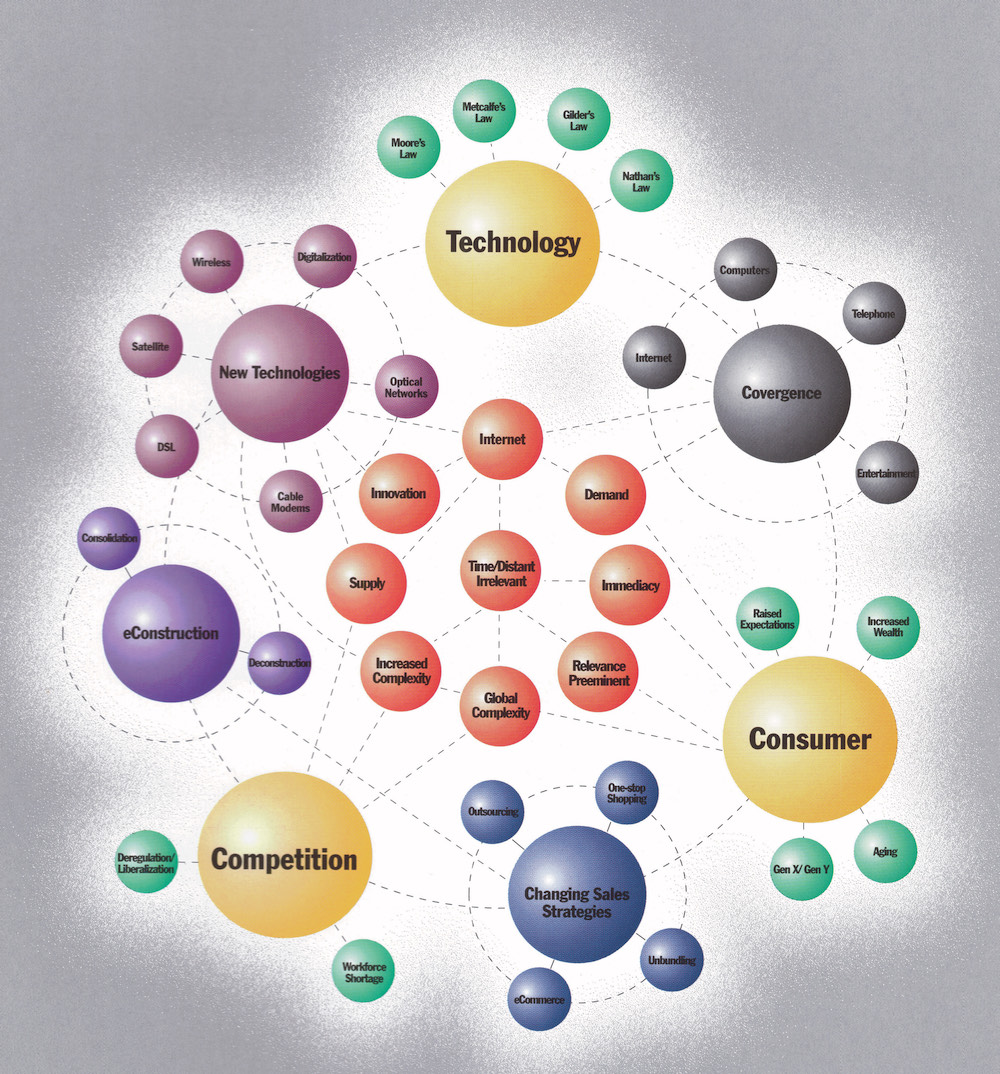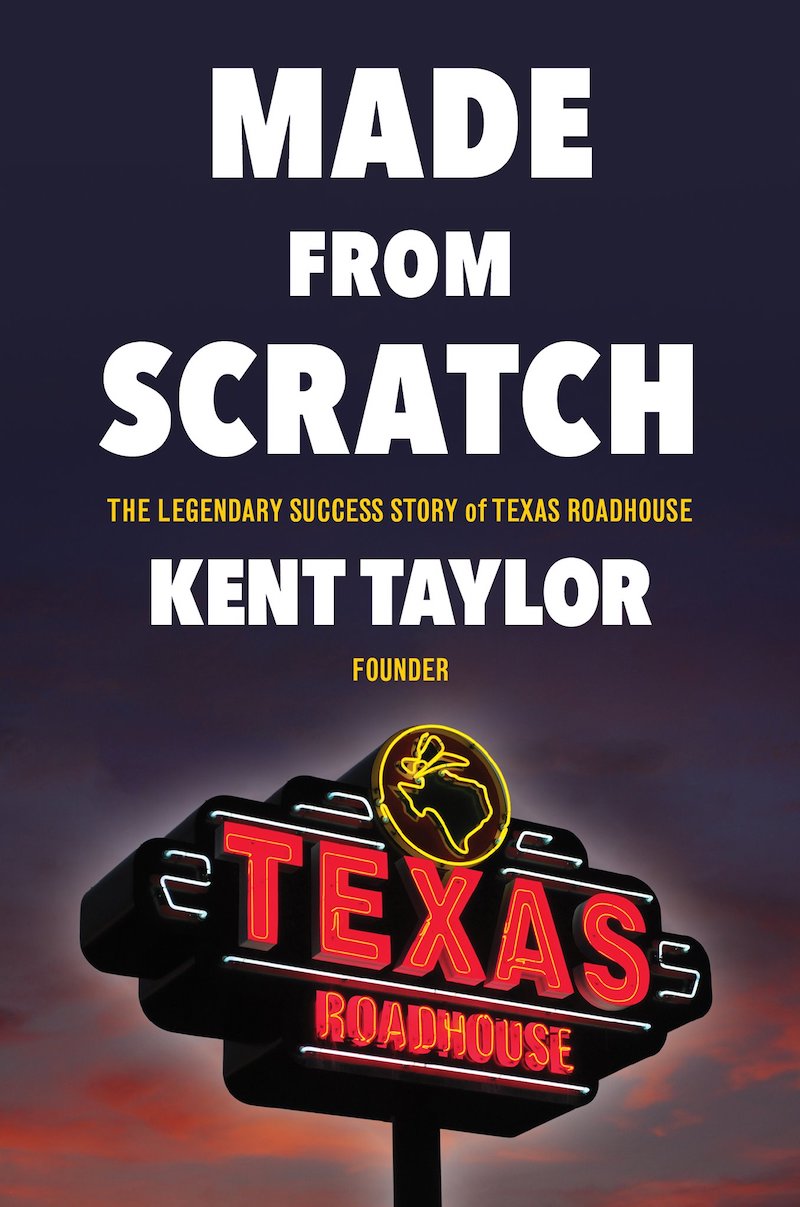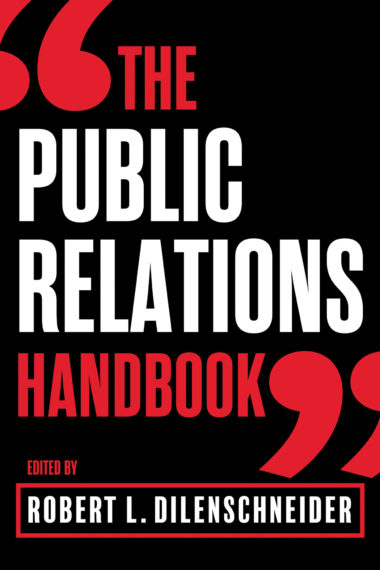Made From Scratch is a feel-good story of a scrappy American upstart winning in a challenging environment.
The book tells the story of the Texas Roadhouse restaurant business through the eyes of Kent Taylor, the founder and CEO of the successful chain.
The book’s story begins well before the first Texas Roadhouse was even envisioned, capturing the lessons Taylor learned to be prepared for his entrepreneurial journey. The story then moves into true startup mode, with many experiments and lessons learned, burning through cash raised from family, friends, and angels. Finally in 1998, the business model was proven, institutional investors provided $5 million, and the company was ready to scale. Between the end of 1997 and the company’s initial public offering (IPO) in 2003, the company grew from 25 restaurants to 183, and kept on growing.
Throughout the book, Taylor, in his own inimitable style, shares wild tales of quick decisions (good and bad), lessons learned, and a culture created that provided consistency, pride, and loyalty even as the company expanded around the world. That pride and loyalty would prove essential in the final chapter, when Taylor tells how the restaurant chain navigated the COVID-19-driven challenges of 2020. As he put it “we kept the lights on, America fed, and our Roadies employed,” no small feat!
Read this book if:
- You want to better understand the restaurant industry.
- You want to hear how one company built a powerful brand and culture
- You like to learn lessons from other companies as they overcome challenges of many forms
Don’t read this book if you’re looking for simple lessons tied up in pretty bows, or structured frameworks to make your own job easy. Those you’ll find in the “fast food” or “ready to microwave” equivalent books, not Made From Scratch.
Click here to read the full review of the book.






